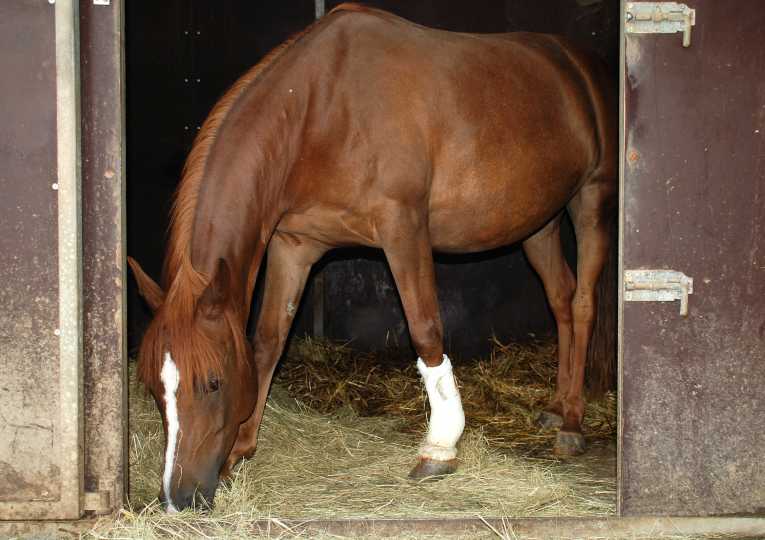Horse lovers, horse owners even horse racing followers the world over would love University of Missouri equine veterinarian Kevin Keegan's new ''Lameness Locator'' - a novel way of diagnosing the most common equine ailment of all - to be a roaring success.
Keegan, a professor of equine surgery in the College of Veterinary Medicine at MU, has been studying the problem for years so knows that this hugely varying problem is best tackled with early intervention. But, lameness may start as an almost imperceptible change in gait and comes in a huge variety of forms and levels of seriousness. A trained eye has been the best bet for vets and owners up to now.
Keegan has hit on using motion detection after deciding that high speed cameras and treadmills were too bulky and expensive to be practicable.
''Plus, horses do not move on a treadmill like they do on regular ground,'' Keegan said. ''In some cases with mild lameness, or in cases with multiple limb lameness, even experts looking at the same horse may disagree on whether lameness is present or on its severity. An objective method would be helpful to take some guesswork out of the evaluation.''
Keegan joined forces with a mechanical engineer, Frank Pai at MY and Yoshiharu Yonezawa from the Hiroshima Institute of Technology in Japan, to build an inertial sensor system to monitor horses in their natural surroundings.
''There are two reasons why the Lameness Locator is better than the naked eye,'' Keegan said. ''It samples motion at a higher frequency beyond the capability of the human eye and it removes the bias that frequently accompanies subjective evaluation.''
Now, the team have won funding for further research to try and turn their idea into a commercial proposition through the Equinosis company.
''Our biggest challenge now is to introduce this to veterinarians, train them on the proper usage and interpretation of the data, and show them that it really works,'' Keegan said.
More technical information can be found at Equinosis.










